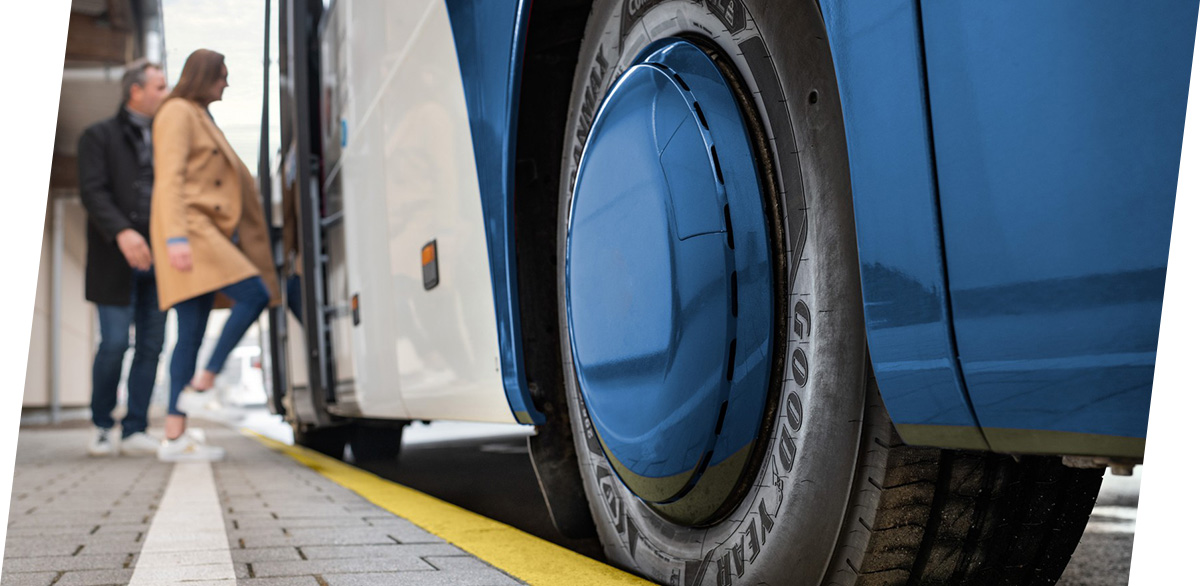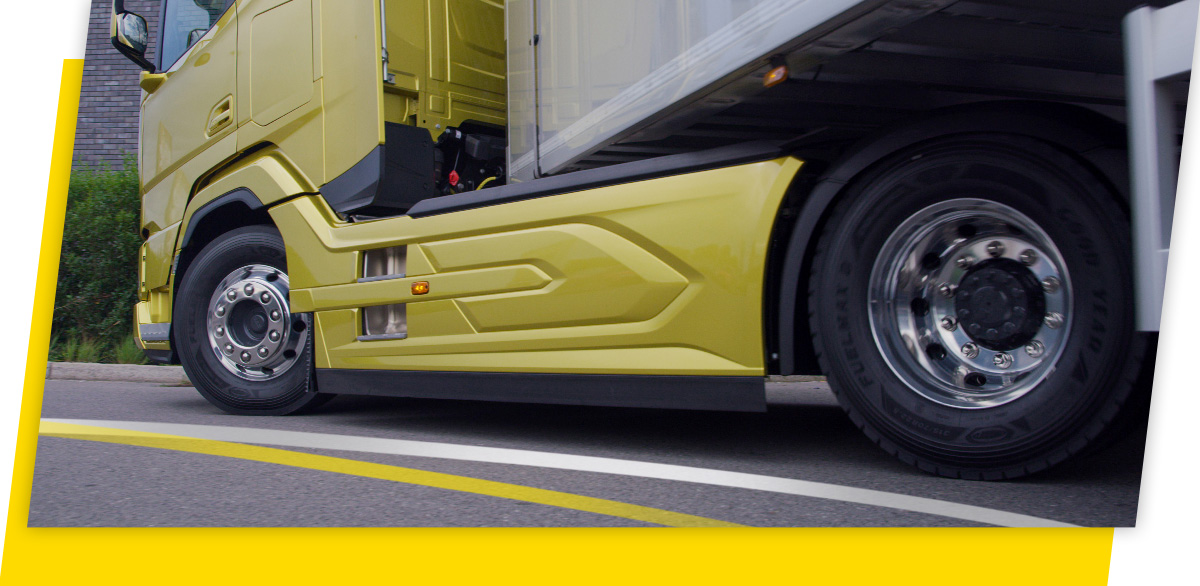Looking further ahead, there are interesting developments in the field of ‘torque vectoring’ – the technique of applying different levels of torque to each wheel. The technique has been used in conventional high-end performance vehicles since the 1990s to increase control, stability and efficiency by preventing wheel spin when power is applied.
Vectoring is of great significance to electric cars because of the enormous torque instantly generated by electric motors. This power may provide a thrill for sports car owners, but trucks do not need massive acceleration; they need control, safety and economy of operation. So torque vectoring in heavy goods vehicles is instead perceived as a way of economically managing the power to extend both battery life and tyre life.
Torque vectoring is also much more simply applied in electric vehicles since multiple motors can be used to drive each wheel, removing the need for a complex (and heavy) differential system. If torque vectoring finds its way into mainstream truck design, it may change the way tyres are designed since the steer tyres on the front will be required to provide drive as well as direction, while the rear axle may play a part in steering as well as providing forward momentum. Thus the definition of drive and steer axles may become blurred, raising the question: why buy separate steer and drive tyres when all axles do both? In this way, the future of electric vehicles may not only make driving safer and more efficient, but also simplify tyre inventory management!










